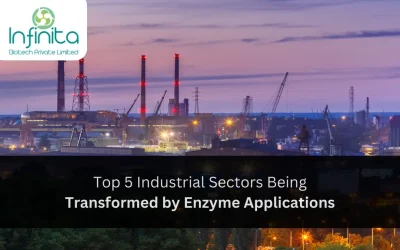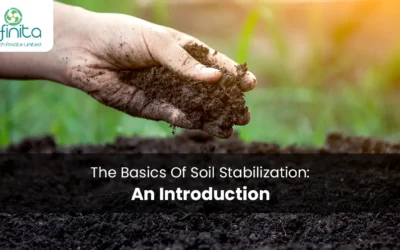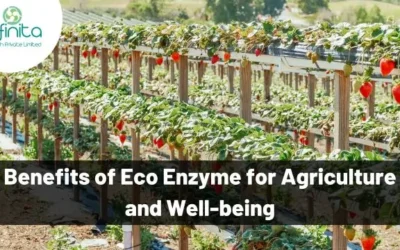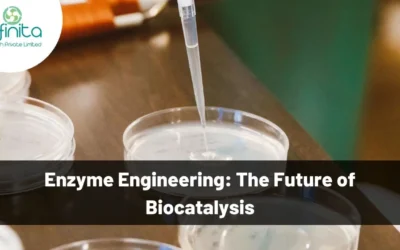As the world searches for sustainable energy alternatives, second-generation biofuels are emerging as a powerful solution. Unlike traditional biofuels made from food crops, these next-gen fuels rely on biomass—non-edible plant material like crop residues, forestry waste, and agricultural by-products. However, turning biomass into usable fuel isn’t easy. That’s where enzymes come in.
Enzymes are transforming the way we process biomass, improving conversion rates, reducing environmental impact, and making second-generation biofuels more commercially viable than ever before.
What is Biomass in the Context of Biofuels?
Biomass refers to any organic material derived from plants or animals that can be used for energy. In second-generation biofuels, this typically includes cellulose-rich materials such as corn stover, wheat straw, sugarcane bagasse, and wood chips—resources that are often considered waste.
Unlike first-generation biofuels, which compete with food supply chains, second-generation fuels rely on waste biomass, offering a more ethical and sustainable energy pathway.
The Challenge of Converting Biomass to Biofuels
The main obstacle in converting biomass into usable fuel lies in its structure. Plant cell walls are tough, made of cellulose, hemicellulose, and lignin—components that resist breakdown. Traditional chemical or thermal methods for biomass conversion are often energy-intensive, costly, and environmentally unfriendly.
This is where enzyme technology becomes a game-changer.
Enzymes: Catalysts for Efficient Biomass Breakdown
Enzymes are biological catalysts that speed up complex biochemical reactions. In the case of biofuel production, specific enzymes such as cellulases, hemicellulases, and ligninases are used to break down the fibrous structure of biomass into simple sugars.
Once broken down, these sugars can be fermented into ethanol or other biofuels using microbial fermentation. Compared to conventional methods, enzymatic hydrolysis is gentler, more efficient, and far more sustainable.
Improving Biofuel Yields with Enzyme Technology
- Higher Conversion Rates: Enzymes target the cellulose and hemicellulose in biomass, releasing more fermentable sugars from the same amount of raw material—directly increasing fuel yields.
- Lower Energy Input: Unlike acid hydrolysis or high-temperature processing, enzymatic treatment works under mild conditions, reducing energy consumption and greenhouse gas emissions.
- Less Inhibitor Formation: Chemical methods can produce by-products that inhibit fermentation. Enzymatic processes produce cleaner sugar streams, improving downstream efficiency.
- Cost Efficiency at Scale: With advanced enzyme formulations, less input is needed for better results, reducing operating costs and improving the economics of biofuel production.
Companies like Infinita Biotech are pushing the boundaries of enzyme innovation, offering specialized formulations that work with a wide range of biomass feedstocks. Their enzyme solutions are designed to maximize sugar release while optimizing processing conditions—bringing second-generation biofuels closer to mainstream adoption.
A Sustainable Energy Future Starts with Biomass
The global shift towards renewable energy has never been more urgent. Second-generation biofuels derived from biomass not only reduce dependency on fossil fuels but also help manage agricultural and forestry waste more effectively.
What makes enzymes particularly exciting in this space is their adaptability. Enzymes can be tailored to work with specific types of biomass, climate conditions, and process designs. This flexibility opens doors for countries and industries worldwide to localize their energy production using abundant, renewable, and non-edible plant resources.
Conclusion
The use of enzymes in breaking down biomass is reshaping the landscape of biofuel production. Cleaner, more efficient, and scalable—enzyme-based processes are unlocking the true potential of second-generation biofuels.
With innovators like Infinita Biotech leading the charge in enzyme technology, the barriers to sustainable energy production are steadily coming down. As the world moves toward a low-carbon future, enzymes will play a central role in turning agricultural waste into a valuable energy resource—proving that sometimes, the key to the future lies in what we used to throw away.







